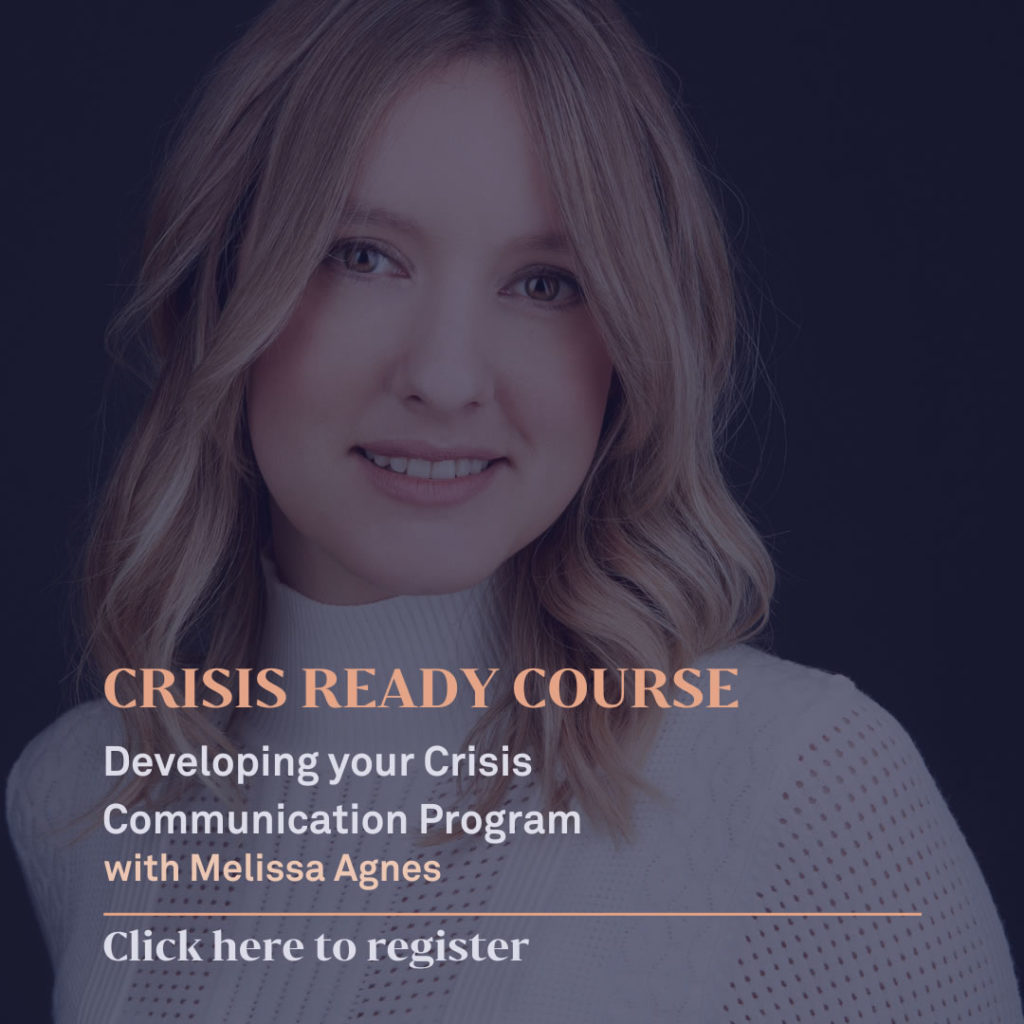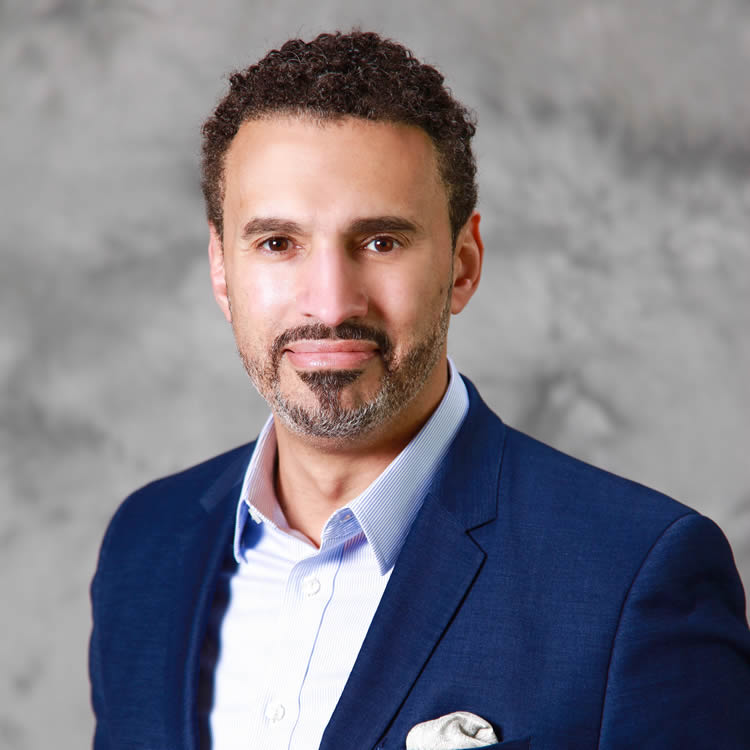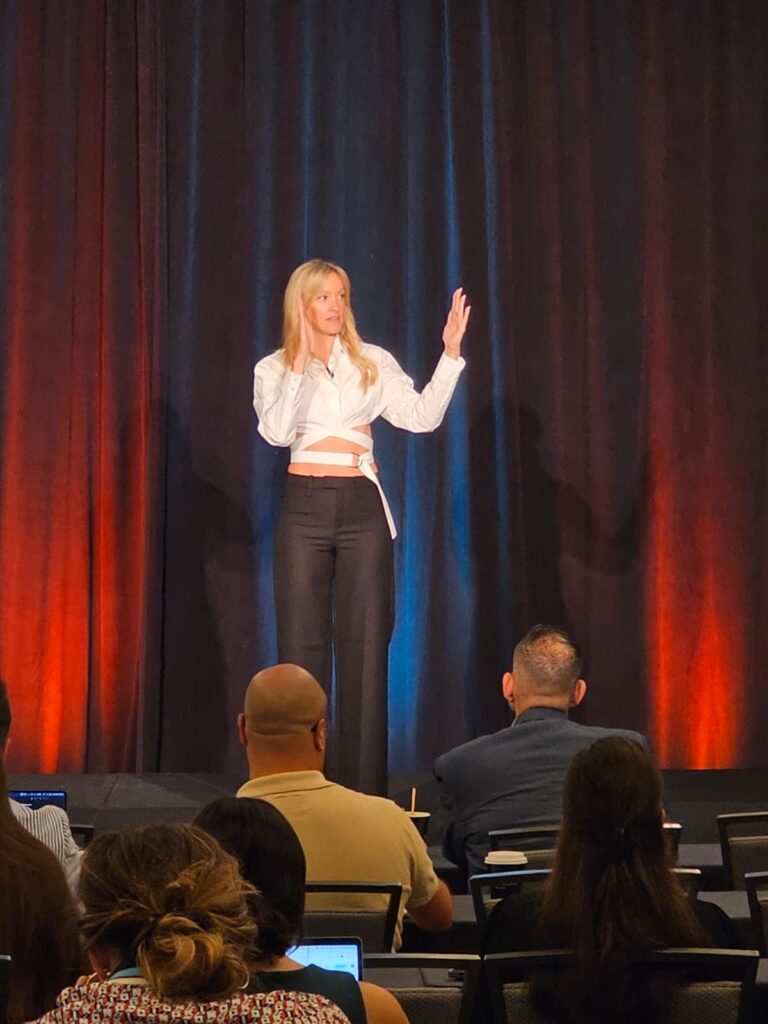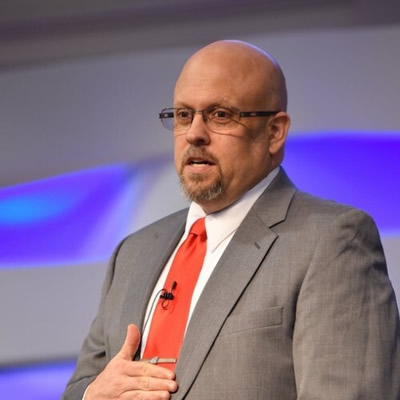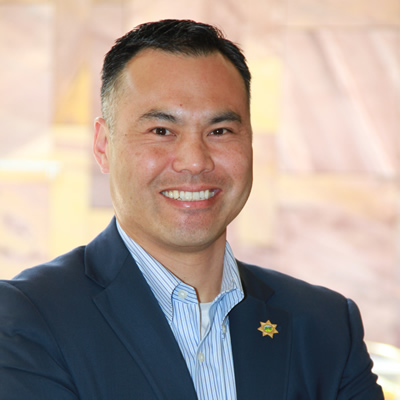Over the past few weeks, the question of whether it is safe to return to some degree of normalcy is a common topic. Interestingly enough, my answer has not changed much over the past month, and that answer is “it depends.” It depends on the need and the level of risk that we are comfortable introducing into our lives—and, by proxy, into the lives of those around us, from our colleagues, to our families, our communities and our frontline heroes. The best advice that I can provide is to incorporate the following into your decision-making process:
- Follow the Science
- Utilize Verified Data and Studies Available
- Be Socially Responsible
- Be Innovative
- Most of all, It’s About the Future!
What do the science, data, and studies tell us?
Quite a lot. We know that our most potent weapons against COVID-19 are physical distancing, wearing face coverings, and enhancing our hygiene practices. The science also tells us that the incubation period for the disease is around 14 days, and people are most likely to shed the virus around 48hrs before being symptomatic. This means that a “perfectly healthy” individual that is a host to the virus can spread the virus while being pre-symptomatic. This is the reason why, on average, a person that is COVID-19 positive can infect around three others. New data also tell us that approximately 25% of the population in the United States will not partake in the vaccination process once available, which, if accurate, will significantly diminish the country’s chance at herd immunity.
Dr. Anthony Fauci, one of the nation’s leading experts on infectious diseases, stated that he “would settle for a coronavirus vaccine that is between 70% and 75% effective.” Meaning, that if everyone in the world gets vaccinated, around 25%-30% of those vaccinated could still be affected by the disease. This dramatically reduces the overall population risk to the public, given that we would have a potential risk of severe complications of about 6% of the population.
Being socially responsible is each of our responsibility
Being socially responsible means that as a community, we will do everything in our power to ensure we protect ourselves and all others around us. This is a hard concept for some to grasp, both personally and professionally. Have you heard any of your coworkers say, “we need to get back to the office asap! My teams are not engaged!” I am willing to bet that the answer is probably yes. In my experience, the “problem” in this example is likely caused by poor leadership skills and lack of cultural alignment, which means these times present the opportunity for us to humbly strengthen our leadership skills rather than potentially endanger those we are responsible to and for.
Organizations that do not carry out frontline work and can have some or all of their staff operate remotely should continue to do so. Culture is comprised of many different components tightly coupled, but one of the most important is transparency and clarity. Leaders must convey their priorities clearly and effectively. If we fail at doing this, employees in our organizations are left not having clarity on leadership’s priorities, and by default, they will be uncertain of their priorities. Communicate often, clearly, and effectively. Remove the environmental conditions for inefficiencies and frustrations, which are the killers of morale.
Crisis Management practitioners must be innovative in times like this
In your efforts to communicate effectively with leadership and/or your internal teams to make the case of whether or not it is time to execute on a re-entry plan, now more than ever your insight and recommendations need to be delivered and received with buy-in and support.
Utilize data and data visualization tools to your advantage, create visuals showing the spread around your locations, and provide leadership with accurate and digestible information needed to make decisions. Do not be afraid to speak up and get your point across; drafting plans are a small piece of our responsibilities. The most important part of our profession is having the ability to look forward, understand emerging risks, and provide the current and likely view of the world in an easily digestible and relatable format.
After all, it’s all about the future.
Erick Anez is the Global Head of Business Resilience at Finastra. Erick is a proven leader with well over a decade of experience leading change and transformation in the Operational Resilience field.
His hands-on approach focuses on operational learning, culture, and reputational management. Erick holds a Bachelor of Emergency & Homeland Security, Graduate studies in Security and Disaster Management, is a Certified Business Continuity Professional (CBCP), Certified Risk Management Professional (CRMP), graduate of the FEMA institute in Incident Management and Command, and is a respected member of Public-Private partnerships within the Department of Homeland Security (DHS), Federal Bureau of Investigations (FBI) and the Federal Emergency Management Agency (FEMA).
Some of his most notable achievements in the field include leading the private sector response to Hurricane Maria as well as working with the Department of Homeland Security (DHS) in Continuity of Operations (CCOP) projects for mission-critical facilities in the United States. Erick has also trained with the Center for Disease Control (CDC) in Infectious Disease Planning and community response, including Point of Dispensing initiatives.
From 2016 to 2019, Erick held several roles at Crowley and, most recently, was the company’s Managing Director of Safety & Resilience. During this time, he was responsible for resilience operations supporting all business segments as well as leading the organization’s safety culture improvement journey. At Crowley, he led the Occupational Health & Safety, Business Continuity, and Crisis Management teams.
Before joining Crowley, Erick held similar roles at Southwest Gas and Third Federal Savings & Loan.


